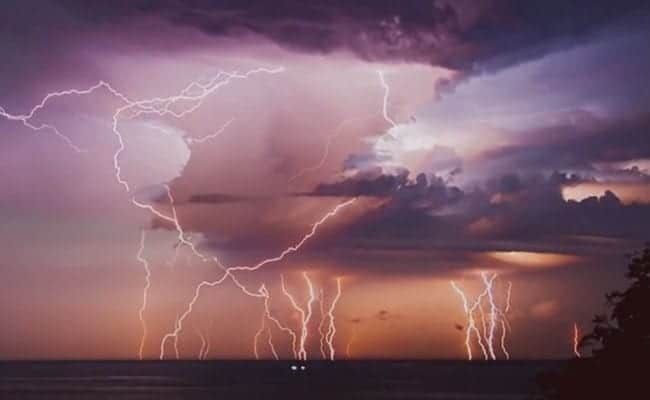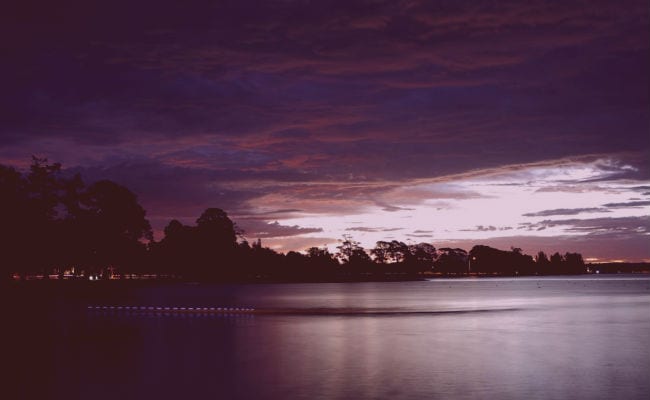Our beautiful planet is a cluster of wonders, be they architectural, ancient and modern, or natural. Regardless of the way in which it is believed that the world was shaped as we know it today, there is no doubt that this planet has the most beautiful places, which not only bring joy to the eyes of the masses, but are also indispensable for the daily life of our species.
The endemic species that inhabit these regions, whether they are from the animal or plant kingdom, as well as many insects, fulfill functions without which we could not be.
When we refer to this, it is important to remember that this is precisely why natural regions are delimited, maintained and defended worldwide.
In a time that seems to move faster and faster, and where it seems that every day more nature must be lost for the purpose of human survival, it is increasingly important to preserve these regions. In this post we will learn a little more about the regions where nature is preserved, how we can help maintain it and a few more things. It is time to bring your canteen and your travel backpacks, because we will go on a nature excursion.
What are these regions?
Natural regions are understood as physical and geographical spaces, delimited by their similar conditions and characteristics, such as flora, fauna, climate, among others. In this way we have various concepts, such as climatic, hydrographic, edaphic, phytogeographic regions, among many others distributed worldwide and at the discretion of the country in which they are located.
When we talk about geography, natural regions can be divided into several types, in terms of various factors such as biodiversity, soil, relief, geographical location among other things. Each country or region can consist of different types of these regions, which divide their territory by their climatic characteristics.
Once a natural region is delimited, and more so if it is of a considerable extension, one of the important steps to take, and more in this our time, is to maintain its preservation. The simple act of helping to preserve a natural region in our town, state or country, can do a lot of good to the environment in which we find ourselves.
Ecological experts, as well as ecologists have been greatly interested in the preservation and understanding of these areas, and every day a little more is understood about the importance of these regions, despite the fact that little by little they are deteriorating, it is important remember that they must be maintained. Let us also remember that when it comes to natural regions, we do not only have a single known type, but there may be different environments in which they exist, and several can be defined within others.
Means in which natural regions occur
When we speak of these regions, we are not referring only to one that may exist in a certain place and at a certain time, but there may be several of them very close to each other, or even some within others, which is the case of the aquatic environment that it is usually within a natural environment as well. These regions are classified into four types of geographic media, which are:
- Aquatic environment: Corresponds to the seas, oceans, rivers, lakes, lagoons and streams. It is known for being the broadest environment with the greatest quantity and diversity of fauna available..
- Terrestrial environment: They are the fields, plains, valleys and several other places, in which the flora can live with greater freedom; It is the best means for it to exist and be maintained, and the fauna that exists in it is rich and diverse.
- Half underground: It is characterized by being under the earth and rocks. Although we cannot see it, this is also a natural environment, as there are many species that inhabit it, such as moles and ants. The flowers that grow in this medium are characterized by not having chlorophyll.
- Organic medium: It is one that is found within living organisms, and corresponds to microorganisms, such as bacteria, parasites and some others. They also have a great diversity, but not too much due to the reduced environment.
Types of regions
When we talk about natural regions, we can understand them and classify them into various types depending on the factors mentioned above. These are diverse, but we can group them satisfactorily without the need for too much effort.
- Orographic regions: Orographic are called those regions that are determined by the predominant relief. According to its relief we can find the:
- Mountain regions: These regions of mountains and cold climate are found in places such as the Andean region, the Alps, the Himalayas, the Caucasus, among others.
- Plain regions: as its name says, they are flat and green lands, spacious and full of life. They correspond to the Great Plains of the United States, Los Llanos in Venezuela and Colombia, La Pampa in Argentina, the Pannonian plain in Hungary, among others.
- Plateau regions: Corresponds to rocky regions and in some cases of desert, where you do not see too much flora and the fauna is less diverse. We can see this region in Venezuelan Guiana, the Andean Highlands, the Central Table in Mexico, among others.
- Hill regions: As its name indicates, in these regions high ground and terrain relief predominate. The Midlands in England, the Belgian Ardennes, the French Vosges, among others.
- Climatic regions: These regions are classified according to the climatic activity of the place. We can find it in many countries that share sites with temperate, hot, humid, icy climates, among others. Some of them would be:
- The intertropical zone: It is located between the two tropics, and is characterized because its climate is generally warm and isothermal (it has little temperature variations throughout the year).
- Temperate zones: The climate is, as its name says, temperate, and there is usually vegetation that adapts very well to these climates; the species of these climates usually have coats that allow them to obtain the necessary heat.
- The polar zones: They are the coldest of all, and in them there is little or no vegetation, as they tend to be at sub-zero temperatures. In this environment, species with hair, feathers or fat that allow them to keep their bodies at temperature can survive, in addition to the bacteria and microorganisms that can live in ice.
- Phytogeographic regions: These take into account the predominance of plant species in the area.
- Coniferous forests: They are located in places with temperate climates with rains all year round. They correspond to a large part of the mountainous regions.
- Mountain forest: It is characteristic of hot places in summer and cold in winter. It has very green grasses and bushes.
- Scrub: It occurs in places with a dry and almost desert climate; It has small plants with very deep roots and reptiles, snakes and arachnids abound.
- bed sheet: These places are given by the cool places with summer rains. The vegetation is grass as far as the eye can see and also trees and shrubs. There are many known species, such as cows and horses.
- Marine region: This is typical of tropical places, with hot weather and sandy soils. There is a lot of maritime vegetation and species of fish, mollusks and cephalopods.
Let's protect these areas
The natural regions are essential for life as we know it, since the species that feed us, help us and provide us with oxygen inhabit them. It is important to be aware of these things so that we do not get carried away by tranquility and allow its beauty to disintegrate. We must take care of these places with our greatest tenacity, so that they continue to be, in the future, part of our lives and of our world.

